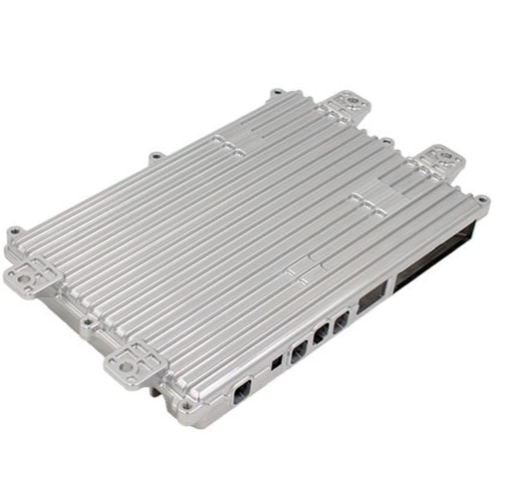CNC turning has revolutionized the manufacturing industry, providing precision and efficiency in the production of various components. In this article, we will delve into the basics of CNC turning, exploring its process, applications, and benefits.
CNC turning is a machining process that utilizes computer numerical control (CNC) technology to create cylindrical components. It involves rotating a workpiece on a lathe while cutting tools remove material from it. The movements of the cutting tools are controlled by a computer program, resulting in precise and accurate outcomes.
Workpiece Setup: Before the CNC turning process begins, the workpiece is securely mounted on a lathe. This ensures stability during the machining process, allowing for accurate cuts and shaping.
Tool Selection and Setup: Appropriate cutting tools are selected based on the requirements of the component. These tools are then positioned and secured in tool holders attached to the lathe. The precise positioning ensures optimal cutting performance.
Programming: A computer program, often created using Computer-Aided Design (CAD) or Computer-Aided Manufacturing (CAM) software, is used to control the CNC machine. The program provides instructions for tool movements, cutting speed, depth, and other parameters.
Machining: Once the setup and programming are complete, the CNC turning process begins. The lathe rotates the workpiece while the cutting tools make precise cuts, removing material to create the desired shape. The process continues until the component is complete.

CNC turning finds extensive use in various industries due to its versatility and accuracy. Some common applications include:
CNC turning is widely employed in the automotive industry for manufacturing engine components, shafts, pulleys, and other intricate parts. The precise machining ensures high-quality parts that meet stringent industry standards.
In aerospace, where precision and reliability are crucial, CNC turning plays a vital role. It is utilized to fabricate turbine components, landing gear parts, and other complex structures with tight tolerances.
CNC turning is applied in the medical sector to produce surgical instruments, implants, and prosthetics. The process enables the creation of intricate designs and ensures compatibility with the human body.
The electronics industry benefits from CNC turning for manufacturing connectors, terminals, and other small yet intricate components. The high precision and repeatability of CNC turning ensure reliable performance.
One of the primary advantages of CNC turning is its ability to achieve high levels of precision. The computer-controlled movements eliminate human error, resulting in consistent and accurate parts.
CNC turning significantly reduces production time compared to manual methods. The automated process allows for continuous production, minimizing downtime and increasing overall productivity.
CNC turning can work with a wide range of materials, including metals, plastics, and composites. This versatility makes it suitable for diverse industries and applications.
Dadesin Precision is a trusted provider of high-precision cnc turning services across multiple industries. With a focus on precision manufacturing technology, we have established ourselves as a world-leading manufacturer of high-precision machining parts. Our extensive production facilities, advanced equipment, and impeccable manufacturing capability enable us to deliver exceptional quality products. We are committed to providing rapid customer service and offer a complete range of services, from production to sales. Choose Dadesin Precision as your partner for precise and reliable manufacturing solutions.
By continuing to use the site you agree to our privacy policy Terms and Conditions.